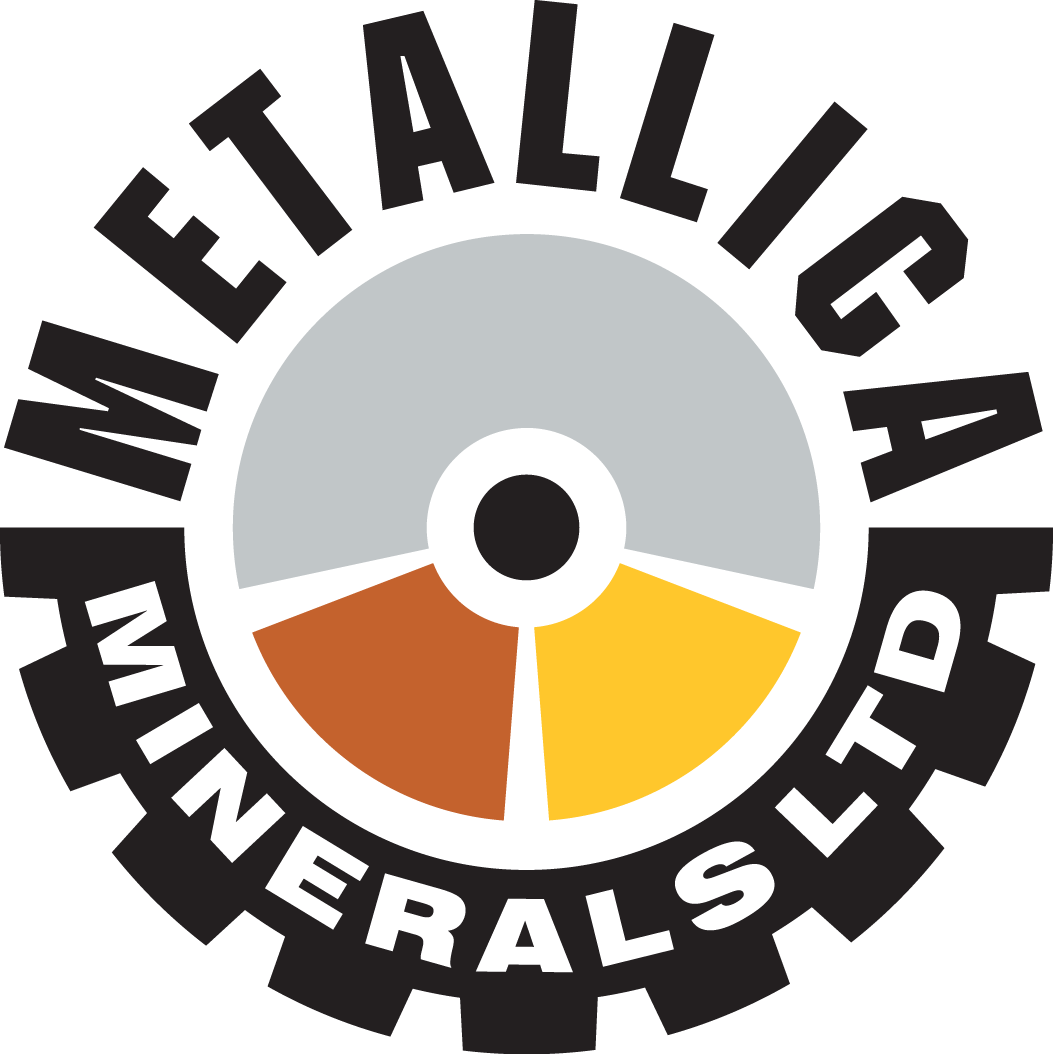SILICA SAND MARKET AND DEMAND
Continuing on from work undertaken in the PFS, Metallica engaged Hong Kong based marketing consultant, Prime Gain Limited (PGL), to study the current trends in demand and pricing for High Purity Silica Sand (HPSS) for inclusion in the DFS. The study identifies a significant increase in demand for seaborne HPSS from Australia, particularly to Asia and China. The study also emphasises the key role that silica sand plays in the production of photovoltaic (PV) glass and identifies it as a major long-term driver of the growth in demand for seaborne silica sand.
The demand for HPSS (high silica low iron silica sand) in Asia has been growing rapidly over the last five years, with a Compound Annual Growth Rate (CAGR) of 8.4%. China’s own demand for imported silica sand has grown even faster at 27.9% CAGR, resulting in a foreseeable supply deficit of 4 million tonnes in 2026. The key demand driver is the increasing need for PV glass in the solar industry, which requires HPSS for its manufacture.
Australia has been the dominant supplier of HPSS to Asia Pacific markets, particularly China, Japan, Taiwan, and South Korea, with exports totalling 3.9 million tonnes in 2022. HPSS produced at Cape Flattery in particular, is well-positioned to meet this demand due to its specification, logistics advantages and because, through Mitsubishi’s long operating history, it is already a well-recognised product. As the world shifts towards greener technologies, the demand for HPSS is expected to continue its growth, driven by the structural transition from fossil fuels to renewables, particularly solar. China remains the leading global producer of PV glass, with HPSS making up approximately 72% of every 100kg of PV glass.
Discussions with some of the largest Chinese PV glass producers, who are also the largest in the world, indicate aggressive expansion plans for production of PV glass out to 2030 which will flow through to demand for HPSS. In its World Energy Outlook 2022 report, the International Energy Agency (IEA) laid out the capacity development path for renewables in the Net Zero Emissions by 2050 Scenario. Solar PV power capacity by 2030 in the Net Zero Scenario is forecast to be 5,052 GW. The IEA uses a CAGR of 21.25% in its capacity forecast and estimates in its “Solar PV Global Supply Chains –Analysis” report that China is on track to provide 81.2% of the world’s modules by 2025. PGL estimates that the rest of Asia will provide an additional 5% by 2025.
Based on this information PGL extrapolated the annual increase in PV capacity and China’s attributable proportion of that output, and from that derived a year on-year demand growth for HPSS out to 2026. The results are presented in Table 1 below. Based on discussions with the top manufacturers of PV glass in China, PGL believes the IEA has underestimated the current capacity, and potentially the projected capacity out to 2030 as well.
Whilst new Australian suppliers are seeking to enter the market, the level of supply-demand imbalance by 2026 is significant, leading to tight supply and a corresponding increase in the price of HPSS. The market study provides a pricing estimate for a high-grade Cape Flattery silica sand product at FOB USD 54.00 to USD 65.00 per tonne in 2026, subject to various market conditions and variables.
Competition for HPSS supply with Australian suppliers exists primarily from domestic suppliers in China and seaborne supply from Indonesia and Malaysia. However, unless China massively increases its silica sand acid washing capacity and efficiency, which is challenging and environmentally controversial, it will fail to provide sufficient supply of HPSS.
Buyers are expected to continue to seek silica sand suppliers that have sufficient scale of HPSS product, are able to provide consistent quality and reliable supply with fewer logistics issues. With the demand for HPSS sand set to continue for the long-term, the CFS product is very well-positioned to meet this demand.
Table 1 Forecast HPSS demand derived from IEA World Energy Outlook 2022 Net Zero Emissions by 2050 Scenario
Table 2 Upside Case for Volume Demand—Supply Equation for estimating the 2026 Demand (Deficit)/Surplus volume in Metric Tonnes for high-purity silica and exported to buyers in the Asia Pacific Region. Source: Prime Gain Report, May 2023.
In short, the forecast demand growth for HPSS is underpinned by long-term global growth drivers, including the shift towards renewable energy and the transition away from fossil fuels. Solar power generation is a key driver of demand for HPSS, as it is an essential ingredient in the production of PV glass. With solar energy projected to experience immense multi-decade growth, the corresponding demand for HPSS is directly correlated and expected to continue to escalate correspondingly.



